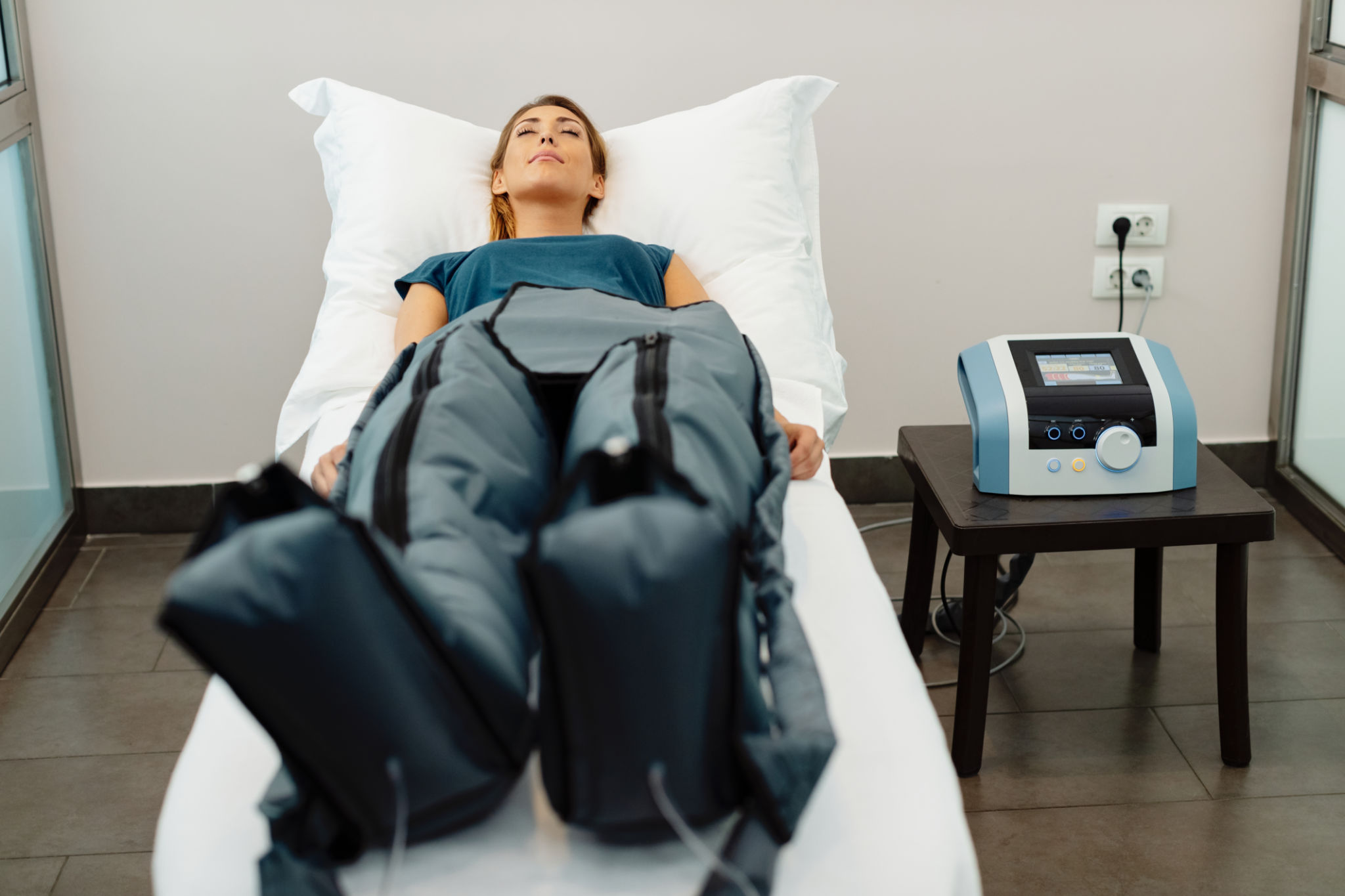Innovative Approaches to Lipedema: A Look at Emerging Treatment Options
Understanding Lipedema
Lipedema is a chronic medical condition that primarily affects women, characterized by an abnormal accumulation of fat in the legs and arms. Despite its prevalence, lipedema is often misunderstood and misdiagnosed, frequently mistaken for obesity or lymphedema. This condition can lead to significant pain, mobility issues, and emotional distress for those affected.
Traditional treatment options have focused on managing symptoms rather than addressing the root cause of lipedema. However, recent advancements in medical research have introduced promising new approaches that aim to tackle this condition more effectively.

Emerging Non-Surgical Treatments
Manual Lymphatic Drainage Therapy
One innovative treatment gaining traction is manual lymphatic drainage (MLD) therapy. This gentle massage technique is designed to stimulate the lymphatic system, promoting the removal of toxins and excess fluid from the body. MLD has shown potential in reducing swelling and alleviating discomfort associated with lipedema.
Compression Therapy
Another non-surgical approach is compression therapy, which involves wearing specially designed garments that apply pressure to affected areas. This treatment helps to decrease swelling and improve mobility. Advances in textile technology have led to more comfortable and effective compression garments, enhancing patient compliance and outcomes.

Surgical Innovations
Liposuction Techniques
Surgical liposuction has long been considered a treatment option for lipedema, but recent innovations are making it safer and more effective. Modern techniques such as water-assisted liposuction (WAL) and tumescent liposuction are less invasive and offer better results with reduced recovery times. These procedures specifically target lipedemic fat while preserving surrounding tissues.
Regenerative Medicine
Regenerative medicine is also showing potential in the treatment of lipedema. This approach involves using stem cells to repair and regenerate damaged tissues. While still in the experimental stages, early research suggests that stem cell therapy could become a viable option for those seeking long-term relief from lipedema symptoms.

Lifestyle and Supportive Measures
Nutritional Guidance
Alongside medical treatments, lifestyle changes play a crucial role in managing lipedema. Nutritional guidance tailored to reduce inflammation and support lymphatic health can be beneficial. Diets rich in anti-inflammatory foods and low in processed sugars are often recommended to help control symptoms.
Exercise Programs
Exercise is equally important, though it must be approached carefully to prevent exacerbating symptoms. Low-impact activities such as swimming, cycling, and yoga can improve overall health without placing undue stress on affected areas. Personalized exercise programs developed by physical therapists can enhance mobility and reduce pain.

The landscape of lipedema treatment is rapidly evolving, offering hope to those affected by this challenging condition. By staying informed about emerging therapies and maintaining a supportive lifestyle, individuals with lipedema can find effective strategies to manage their symptoms and improve their quality of life.
